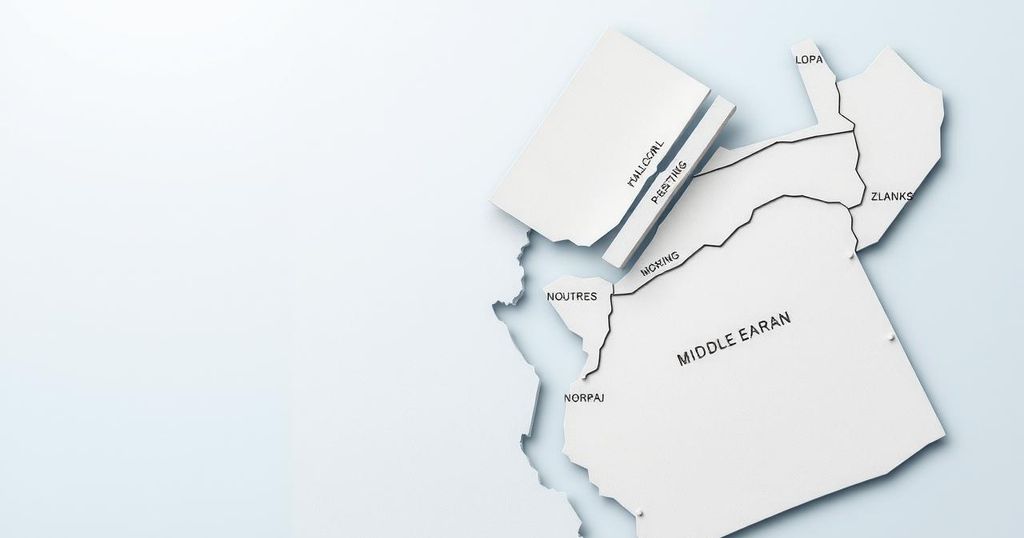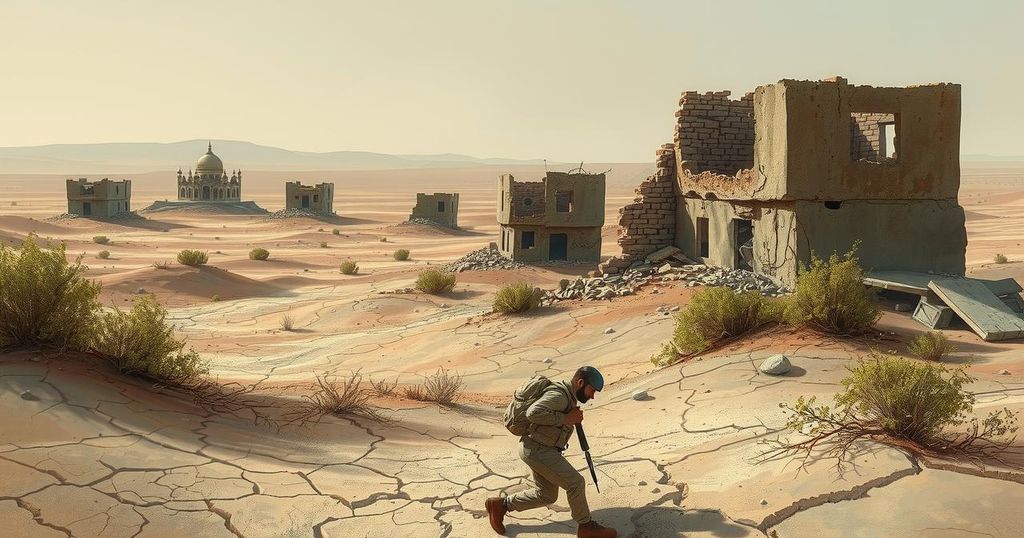The IDF bolstered its forces in response to the Syrian rebels overpowering regime areas near the Golan Heights. The article highlights the historical context of the Syrian Civil War and its implications for Israel’s security, focusing on the threats posed by Hezbollah and Iranian militias as well as the impact of moderate rebel factions advancing towards Damascus.
On December 7, the Israel Defense Forces (IDF) called up additional troops for defensive roles in the Golan Heights, coinciding with escalating developments in southern Syria. The Syrian rebels have gained control over significant areas near the Golan border, raising concerns about potential spillover effects into Israel. Historical context is crucial; the Syrian Civil War began in 2011 in Dara’a, where rebel groups initially seized territory along Israel’s border, resulting in clashes with the regime across from Majdal Shams, a Druze village.
Incidents in 2015 highlighted how internal Syrian conflicts can influence Israel, particularly when rebel groups threatened the local Druze population. Humanitarian aid was provided to injured Syrians by Israel, leading to tensions when community members believed some of those transported had fought against the Druze. Additionally, an Islamic State affiliate, Jaish Khaled ibn Walid, posed minimal threats to Israel and was ultimately defeated in 2018.
The southern Syrian rebels had connections with Jordan and received Western support, distinguishing them from the more extremist elements such as Hayat Tahrir al-Sham (HTS) in Idlib, which has played a significant role in battles against the Syrian regime. Recently, these moderate factions have regained momentum and have advanced towards Damascus, advocating for their position against HTS. Positive memories of past humanitarian assistance from Israel may further encourage moderate factions.
The advance of Syrian rebel groups towards Damascus has critical implications. They may marginalize pro-Iranian militias, such as Hezbollah, which have posed threats to Israel. A recent attack on a UN post in the Hader area underscores the ongoing tension, with IDF involvement in protecting UN forces. The increased IDF deployment in the Golan Heights prepares Israeli communities for potential escalations, especially following attacks by Hezbollah that resulted in civilian casualties earlier this year.
As the Syrian situation evolves, factors such as the involvement of Druze communities in Suwayda supporting the rebellion and the potential overrunning of Iranian bases in Kiswah could significantly impact Israel’s security landscape. Rapid developments necessitate close monitoring of the Golan front to discern the emerging power dynamics.”
The article examines the impact of the advancing Syrian rebels towards Damascus on Israel’s border security, particularly in the Golan Heights. The backdrop of this analysis is the ongoing Syrian Civil War that ignited in 2011, with the subsequent rise of rebel factions that challenged the Syrian regime, notably around the border area adjacent to Israel. The historical link between these developments and Israel’s defensive and humanitarian responses sheds light on the complexities of the situation.
In summary, the reassessment of security measures by the IDF in the Golan Heights underscores the potential ramifications of the Syrian rebels’ advances on Israel. Historically, the Syrian Civil War has led to fluctuating threats against Israel, particularly from Hezbollah and other militias. Moving forward, regional dynamics, especially concerning Iranian influence and local community support for rebellion, will be pivotal in shaping Israel’s security concerns.
Original Source: www.jpost.com




